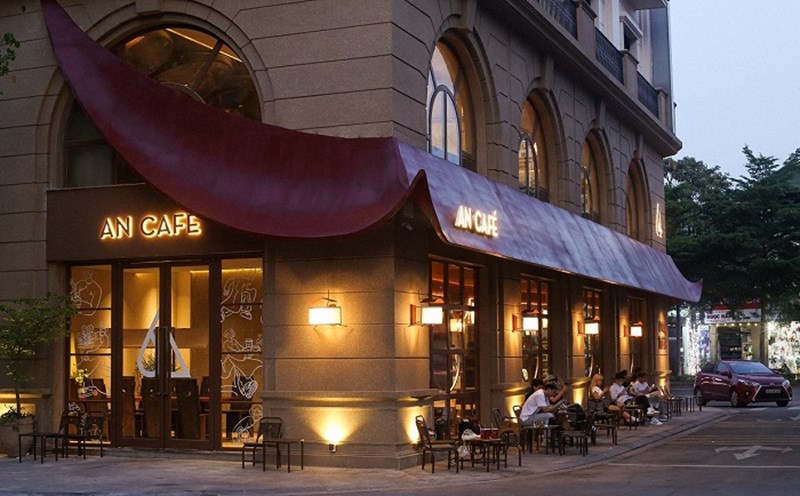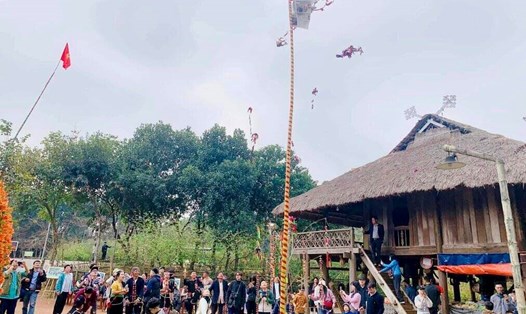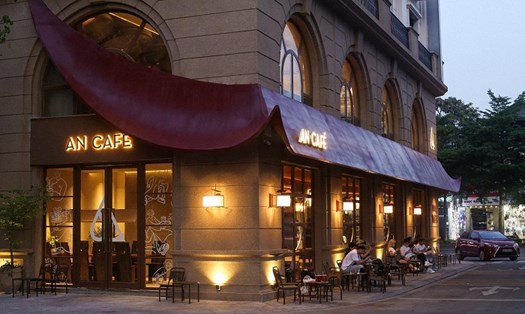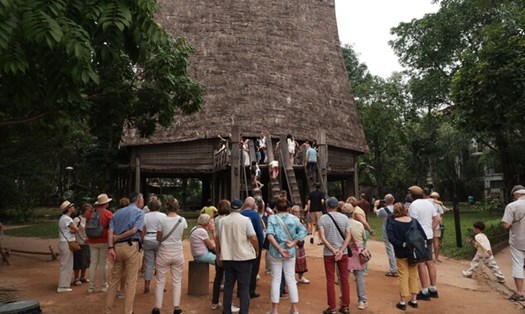When mentioning Dong Ho folk paintings, people often think of paintings that are both rustic and have vivid colors. To have the unique colors in Dong Ho paintings, artisans have had to go through many hardships, to search for natural materials, to preserve and pass on the secret of making for hundreds of years.
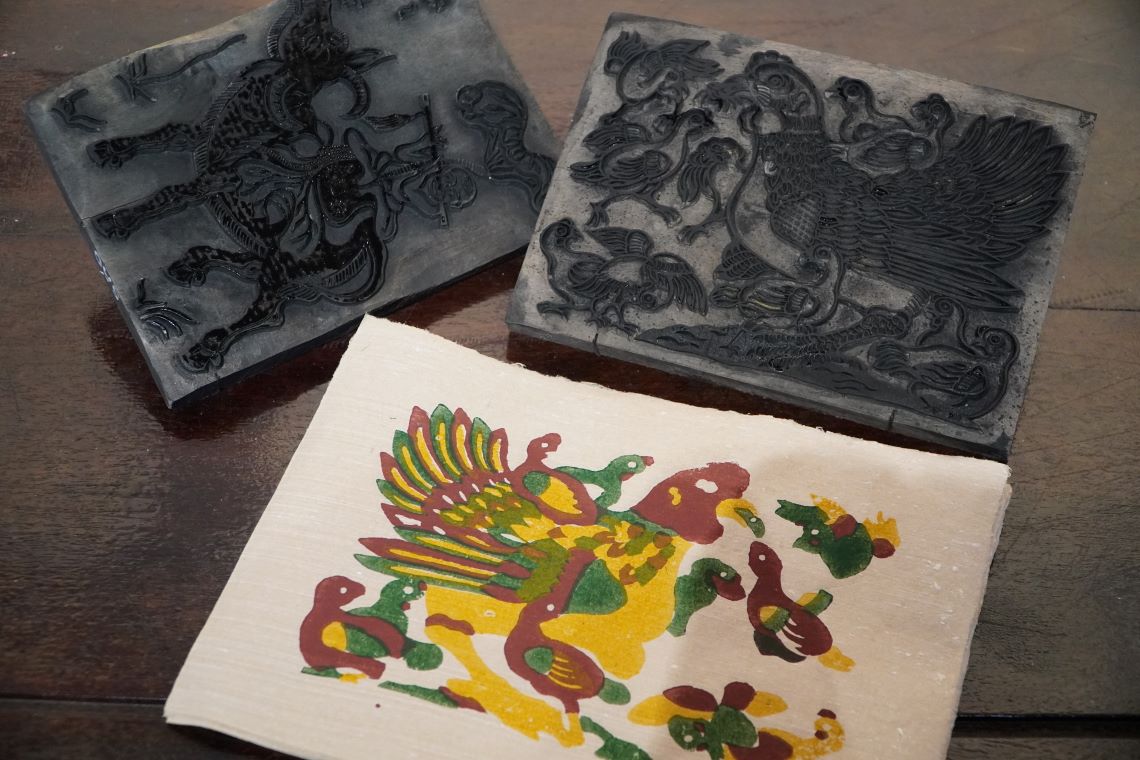
According to Meritorious Artisan Nguyen Huu Qua - the 14th descendant of the Nguyen Huu family, famous for making Dong Ho paintings, the reason why poet Hoang Cam wrote the verse "national colors shine brightly on die-cut paper" is not because these colors are closely associated with natural materials but also because they have profound cultural and traditional meanings.
Accordingly, these colors embody the soul of the Vietnamese people: “Dong Ho paintings contain the life and culture of people across all regions of the country.
From the red of the red pebbles of the midlands, the white of the sea's scallop shells, the green of the indigo leaves of the mountains and forests, and the yellow of the pagoda tree flowers of the plains... All blend together to create the sparkling beauty typical of Dong Ho paintings," the artist shared.
Meanwhile, Meritorious Artisan Nguyen Dang Che - who has spent more than 60 years preserving and developing Dong Ho folk paintings - shared that finding materials to create colors for paintings requires perseverance and diligence.
He shared: “To create special ingredients, I have to search in each region. Mai con diep has to go to Quang Ninh, dig sand in old beaches to get. Red gravel is only available near Kep airport, Bac Giang. Sophora japonica has to go to Thuoc Bac street (Hanoi) to buy and stir-fry.
The green color comes from cajuput leaves, but the leaves must be grown in the mountainous ethnic areas of the North, where people use them to dye fabrics. All these colors are completely natural and cannot be replaced.
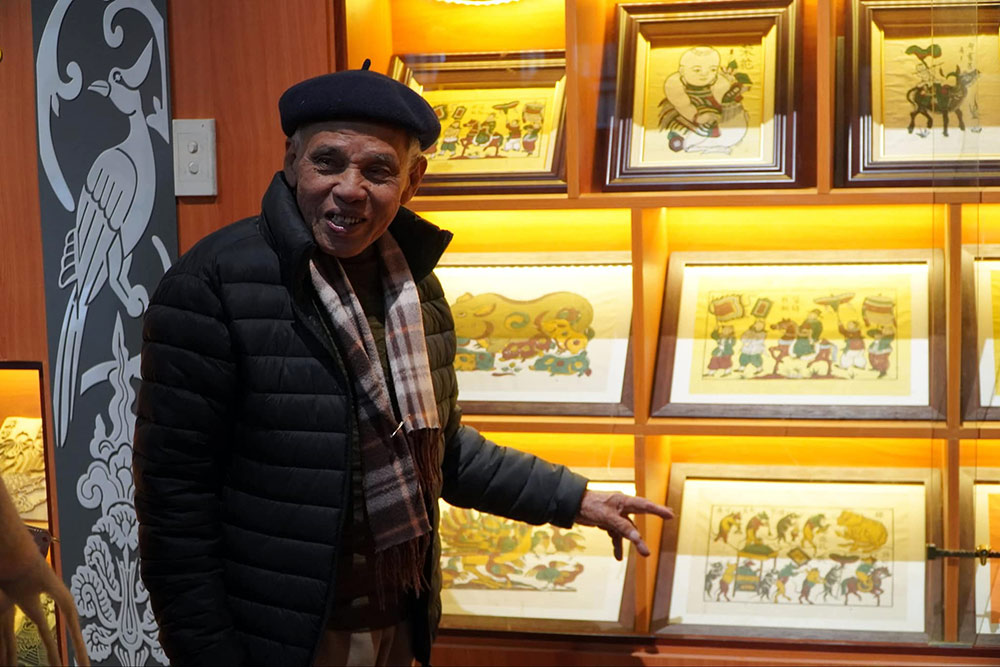
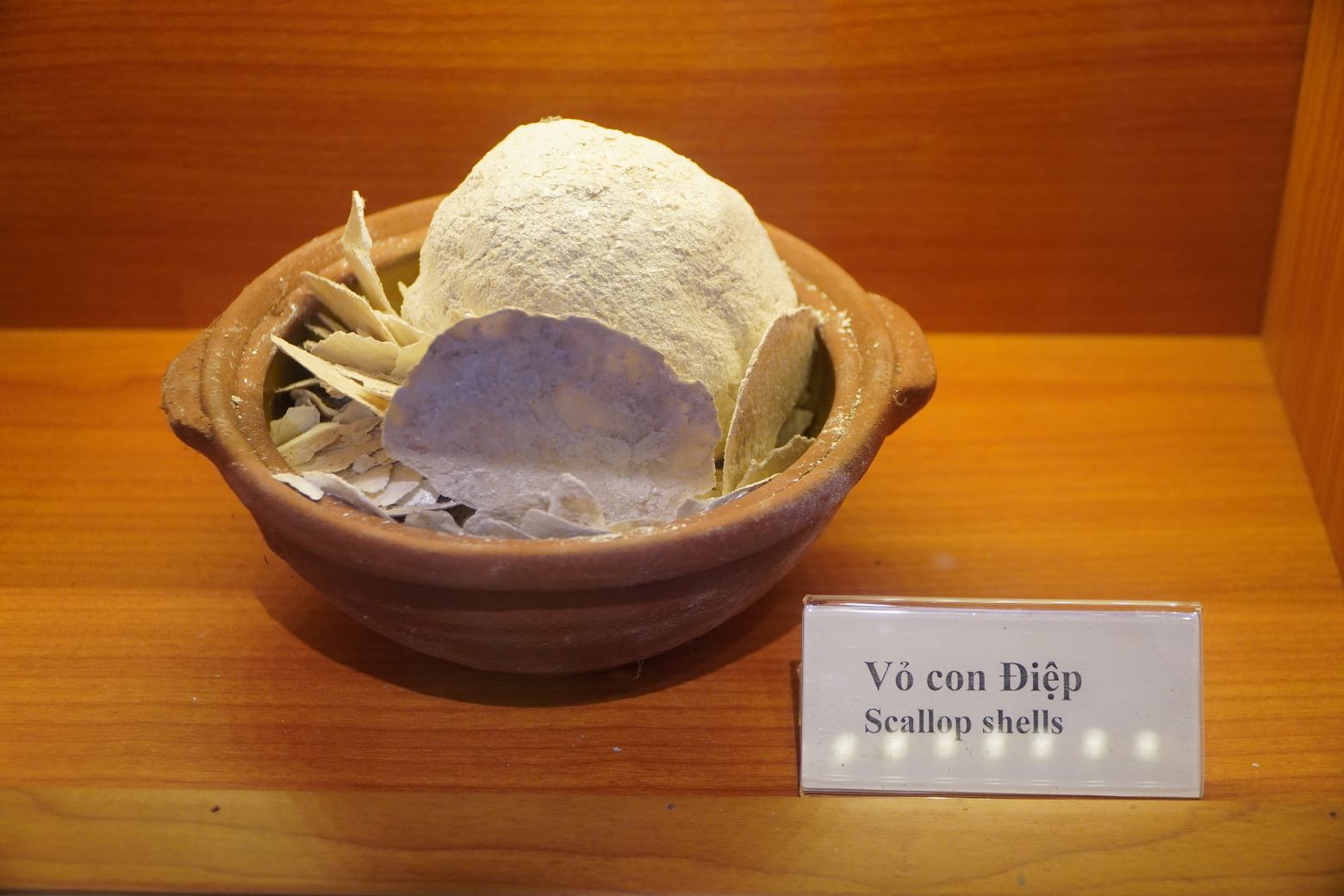
These stages are not only difficult but also require the artisan to be knowledgeable and sophisticated in order to choose the right materials, preserving the natural features and quality of Dong Ho paintings.
Although the development of the printing industry brought many choices of industrial colors, artisans Nguyen Huu Qua and Nguyen Dang Che still stuck to the traditional method, keeping the original colors.
Artisan Nguyen Huu Qua said that the natural colors of Dong Ho paintings are highly appreciated by international friends because they are environmentally friendly and are a "witness" to the history and cultural values of the nation.
Each color in Dong Ho paintings is not simply a paint color, but also a story about culture, history, and the artist's passion.
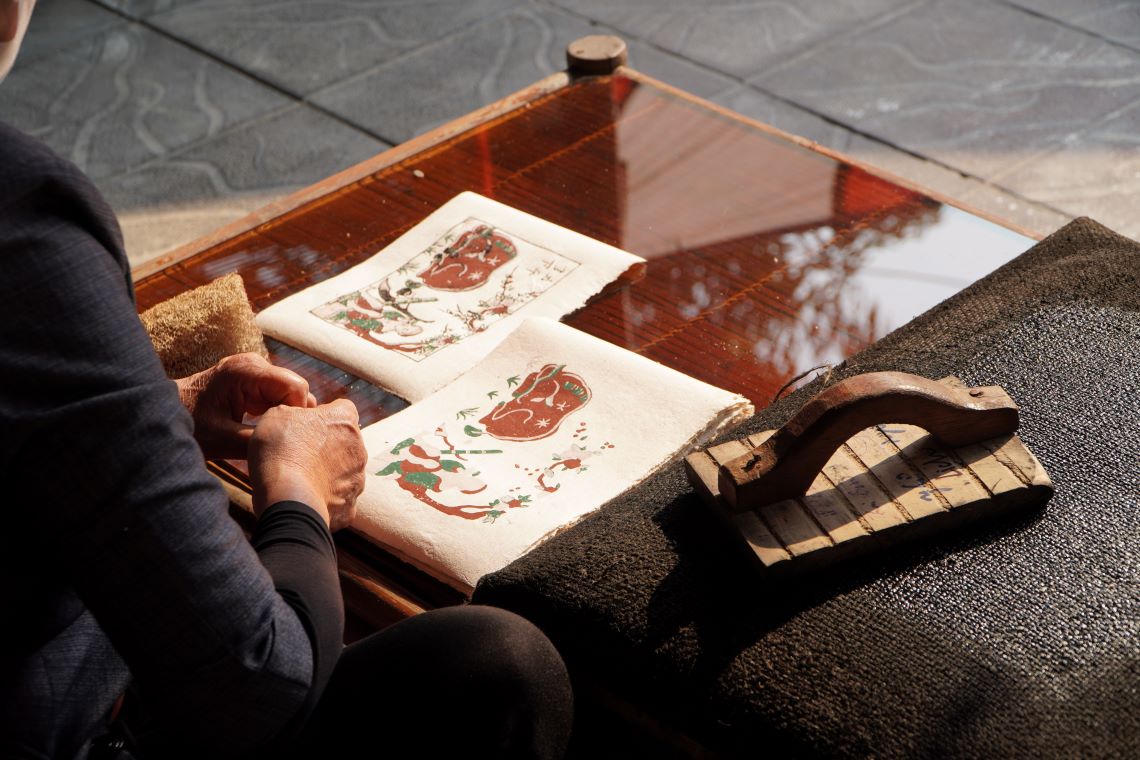
With talented hands, artisans have skillfully distilled the quintessence of nature, turning simple materials into outstanding works, so that the national color will forever shine on the paper like the poem of poet Hoang Cam.


